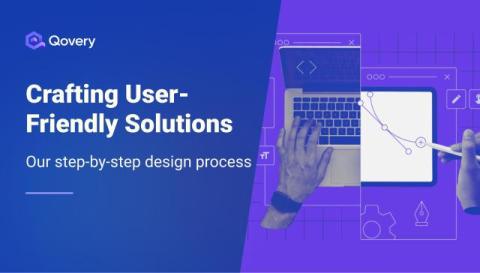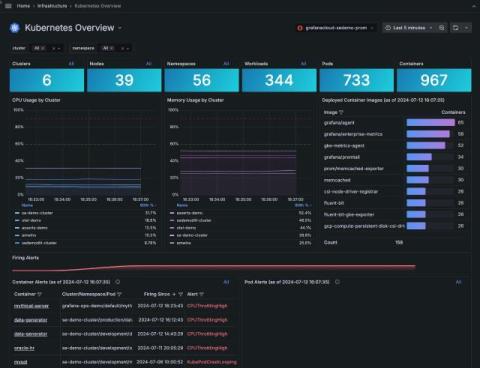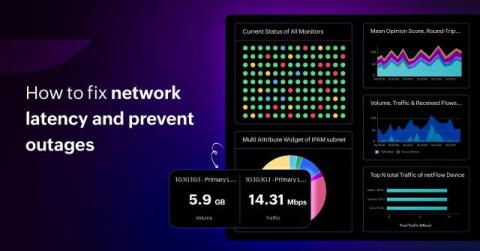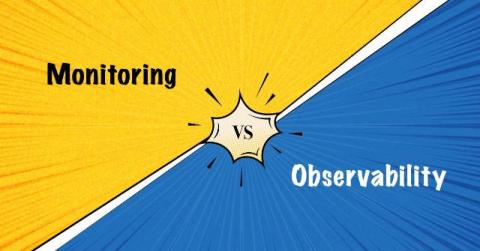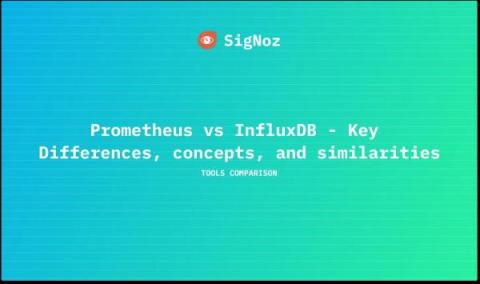Crafting User-Friendly Solutions: Our Step-by-Step Design Process
Creating user-friendly solutions is crucial as it enhances the overall user experience and increases customer engagement. By making products easier to use and navigate, we ensure that users are more satisfied and likely to continue using them. At Qovery, we continuously deliver new features to enhance the developer experience. In this article, I will present our design process.


